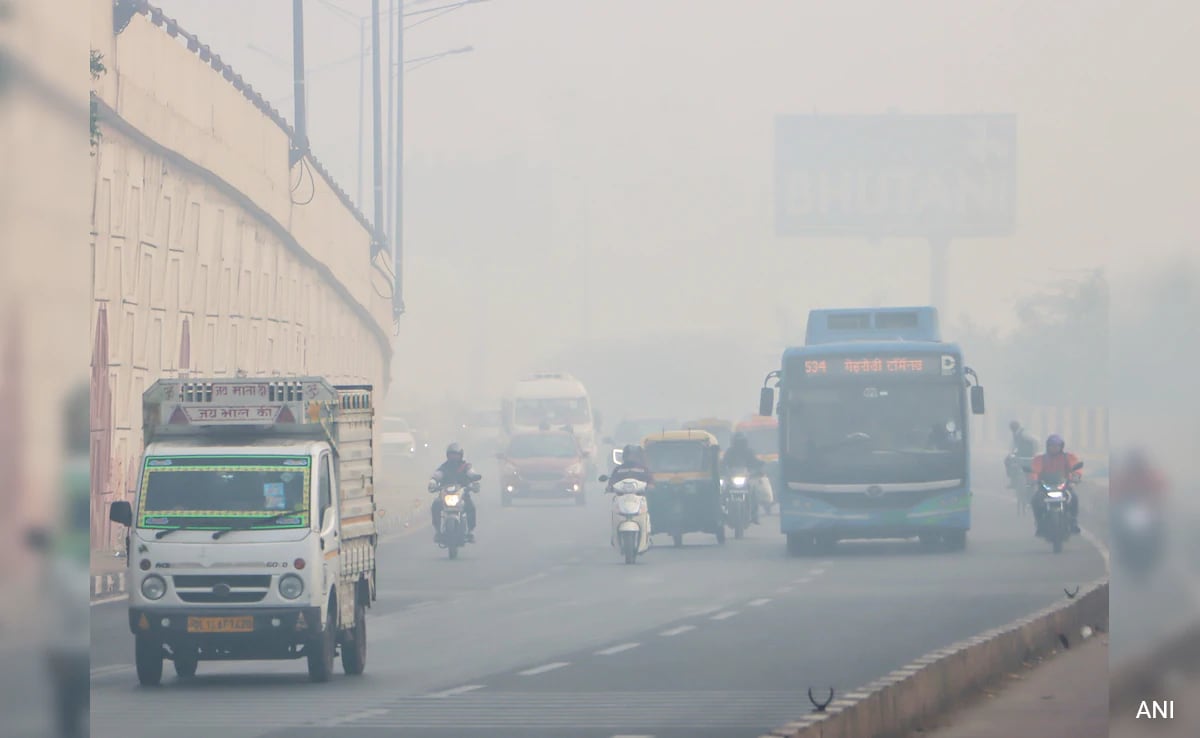Air passengers experiencing flight delays in winter due to dense fog at Delhi airports can now find relief. Delhi International Airport Limited (DIAL) has officially completed the re-carpeting and refurbishment of Runway 10/28, also known as the second runway, at Indira Gandhi International Airport, ensuring smoother operations during adverse weather conditions.
The runway has been equipped with CAT III technology, which ensures secure landings even in situations of extremely poor visibility.
As per information from airport authorities, the runway has been officially transferred to Air Traffic Control (ATC) for commercial use starting on February 3, 2024. With this addition, Delhi Airport now boasts four operational runways, as stated by the sources.
Minister of Civil Aviation, Jyotiraditya Scindia, announced on a social media platform ‘X’ that the CAT III-enabled Runway 10/28 at Delhi Airport has been made operational today.
The CAT III enabled Runway 10/28 at the Delhi Airport has been operationalised today. This would ensure further mitigation of weather-related congestion issues.
— Jyotiraditya M. Scindia (@JM_Scindia) February 3, 2024
What is CAT III technology?
CAT III (Category III) technology refers to an advanced set of instrument landing system (ILS) capabilities that allow aircraft to land in very low visibility conditions, including dense fog, heavy rain, or snow. The CAT III system is primarily designed to enhance safety during landings when visibility is severely limited. There are different levels within CAT III, namely CAT IIIA, CAT IIIB, and CAT IIIC, each with specific requirements and capabilities.
DIAL had undertaken the much-needed re-carpeting work of the 3,813-meter and 45-meter-wide second runway in the middle of September 2023, just after the conclusion of the historic G20 Summit.
Re-carpeting work on the runway was completed in December 2023, after which Airfield Ground Lighting (AGL) operationalization was taken up.
DIAL undertook the rehabilitation work on Runway 10/28 for an improved passenger experience, including the induction of a few additional taxiways.
With the completion of rehabilitation work, Delhi Airport will be future-ready to undertake operations at its full capacity.
The passenger handling capacity of its three terminals would increase to 100 million passengers per year (MPPA), and the airside capacity would increase to 140 MPPA.
DIAL undertook re-carpeting works, which included milling the entire length of the runway and overlaying it with polymer-modified bitumen (PMB).
Polymer-modified bitumen (PMB) is bitumen combined with one or more polymer materials, which enhances the mechanical properties of the bitumen material. PMB can withstand heavy-duty traffic and extreme weather conditions.
(With inputs from ANI)














